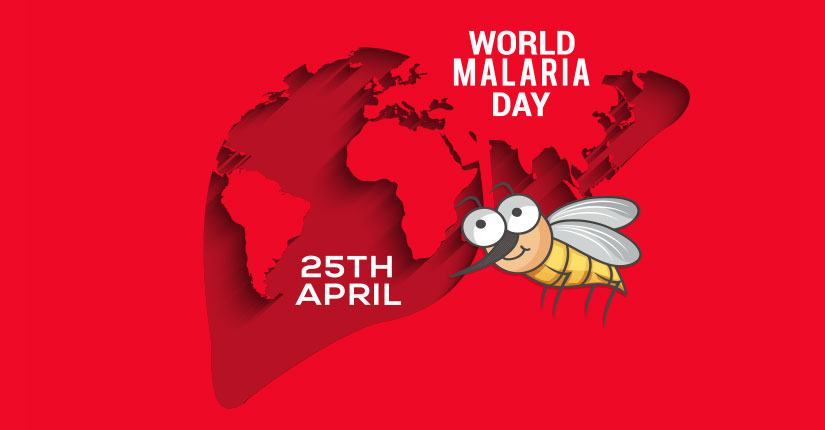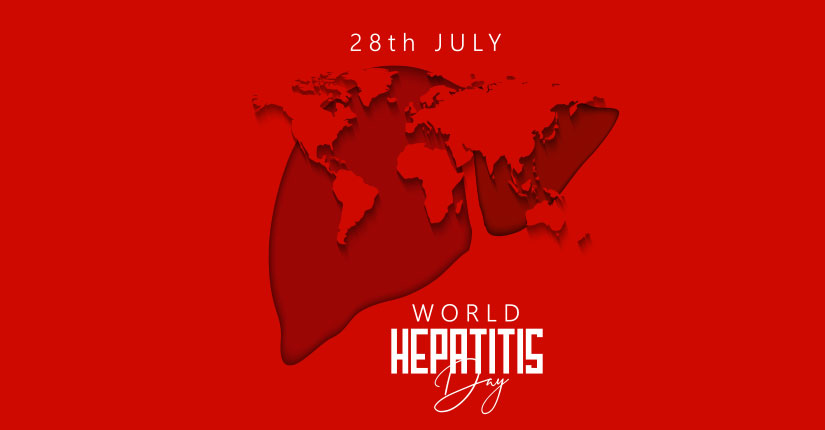Understanding the Difference between Underweight, Stunting, and Wasting
By Nmami Life Editorial 01-May 2020 Reading Time: 7 Mins

The human body needs the right quantity and quality of nutrients for its growth and development. Multiple factors influence the body’s functioning process. Getting the right amount of sleep, eating the right diet, and exercising regularly are some factors that control the body’s performance ability. Diet plays the most important role in ensuring that your physical, mental, and emotional health are intact. But what happens if your body doesn’t get the right amount of nutrients every day? Today, we are here to tell you about the three most common and important diseases that are caused when the body doesn’t get proper nutrition. Underweight, stunting and wasting are nutrition-deficient diseases that can have a severe and long-term effect on our body.
Underweight
As the name suggests, this condition occurs when the body’s weight is too low to maintain good health. Maintaining the right amount of weight is necessary for the body. Weighing less than the minimum can result in a weakened immune system. You tend to feel tired and lethargic all the time. Moving around and walking turns out to be a challenge because your body doesn’t have the energy to carry out basic functions. Body mass index (BMI) is calculated to check if you are underweight, overweight, or at a healthy weight. If your BMI is below 18.5, then you qualify as underweight. When the BMI ranges between 18.5 to 24.9, it is considered as a normal or healthy weight.
Several reasons can contribute to a person being underweight. Family history, too much physical activity, high metabolism, and chronic diseases are some causes of being underweight. Eating disorders can affect the way you eat and what you eat. Excessive dieting and stress about what food you are consuming are some symptoms of eating disorders. Often teenagers are motivated to achieve the perfect lean body. This leads to mindlessly attaining the ideal body by starving themselves and avoiding eating food. If you think you have an eating disorder, talk to your doctor or family.
Stunting
Stunting is a medical condition in which a child has impaired growth and development. Their bodies are unable to attain a decent height. These children have a low height with respect to their age. This condition is triggered by poor nutrition or malnutrition. According to the World Health Organization (WHO), a child can be defined as stunted if their height-for-age is more than two standard deviations below the WHO Child Growth Standards median. Stunting is a low height for a child’s weight. A stunted child doesn’t have normal growth as compared to other children. They have a weak immune system and impaired brain function. Their organ development is also obstructed. These kids cannot attain a normal life. They cannot go to schools or play with other kids of their own age.
Poor nutrition, poor hygiene, infections, lack of clean water, and lack of healthcare to both the child and the mother are some factors that can contribute to stunting. Most often, poverty-stricken families cannot afford healthcare facilities and food for the mother and the child. These families have a minimum income and they are unable to provide the right care to the child. If the mother is malnourished, the child is likely to suffer from stunted growth.
Wasting
This occurs when a child has a low weight with respect to his height. A wasted child has a low weight but a decent height. This condition has a high morbidity and mortality rate. These children are at risk of developing severe and chronic diseases at a very young age. This disease is mostly caused due to malnutrition. While stunting is a low height for a child’s weight, wasting is a low weight for a child’s height. Excessive and rapid loss of muscle mass and strength are symptoms of wasting. Loss in appetite makes this condition worse. This is a form of malnourishment that occurs in young children. Wasted children have low fat-stores and a weak immune system.
Wasted children under the age of five have a higher mortality rate. When a child doesn’t get enough nutrients or suffers from a chronic illness, the chances of wasting are much higher. This condition is prevailing in several countries and requires an immediate response. A child suffering from wasting demands medical attention before the condition starts deteriorating.
Footnote
These conditions are mostly triggered due to poverty. Poor families are unable to afford the most basic facilities for their family members. They are uneducated and unaware of such diseases. Eradication of hunger and poverty is necessary so that infants and children are not compromised on a healthy and happy life.
One thought on “Understanding the Difference between Underweight, Stunting, and Wasting”
Leave a Reply
Your email address will not be published. Required fields are marked *



















Awesome! Its in fact amazing paragraph, I have got much clear idea on the topic of from
this post.